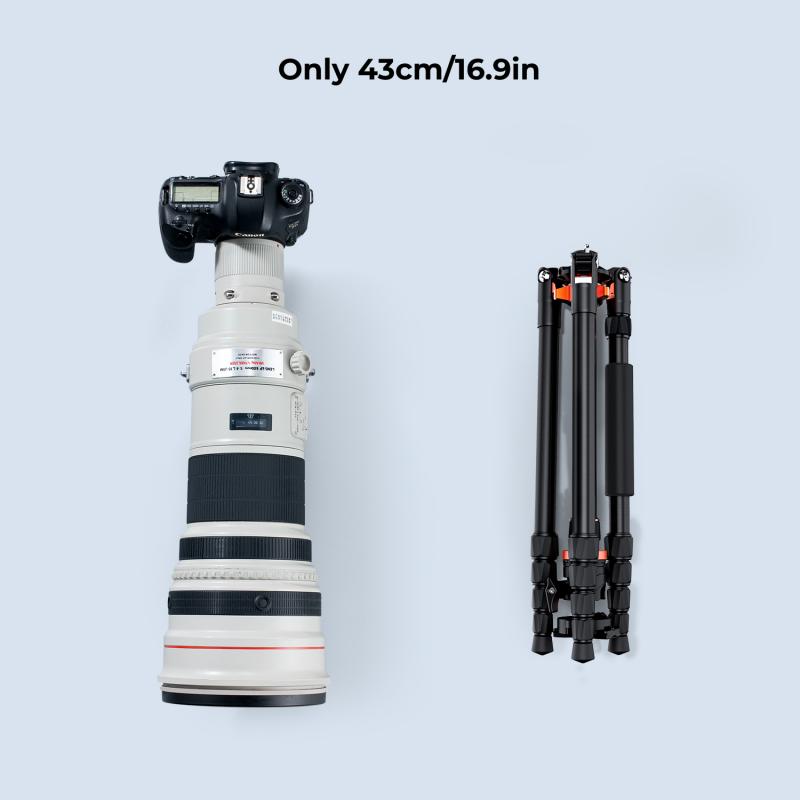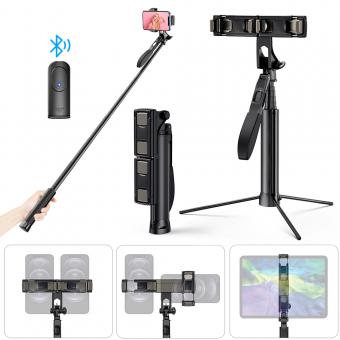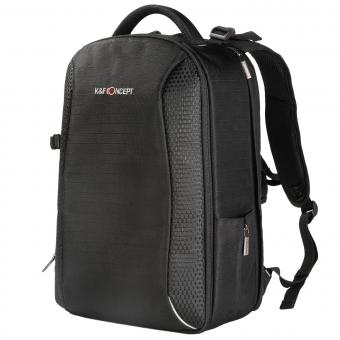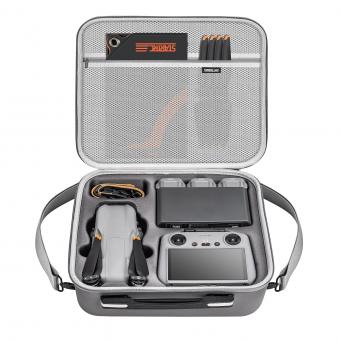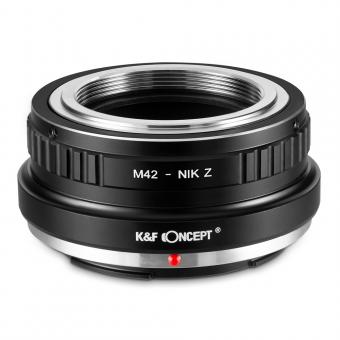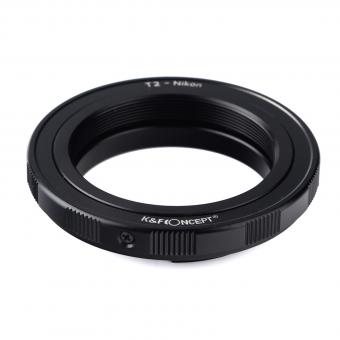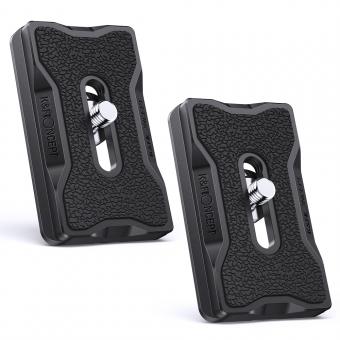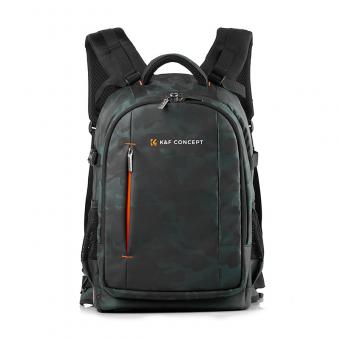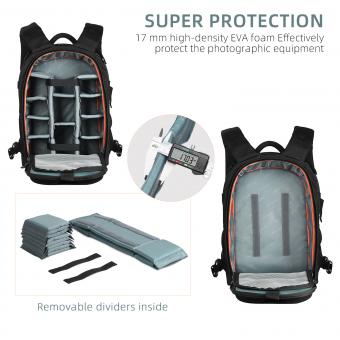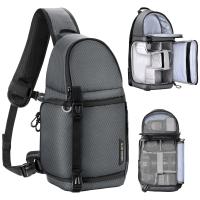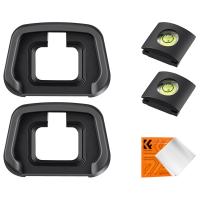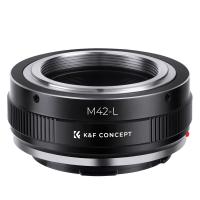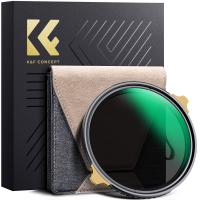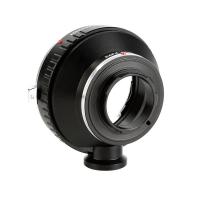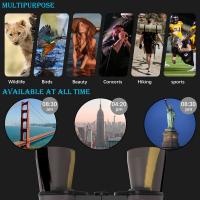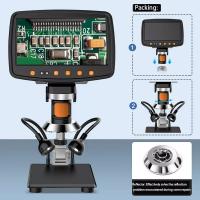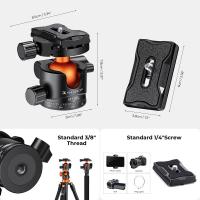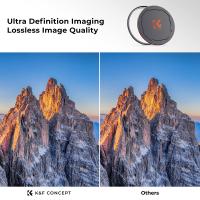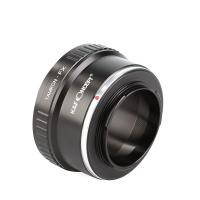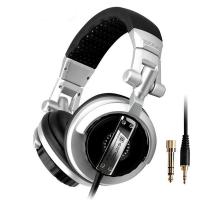How To Travel With Camera ?
When traveling with a camera, it is important to take certain precautions to ensure the safety and protection of your equipment. Here are some tips to consider:
1. Invest in a sturdy camera bag or case that provides adequate padding and protection.
2. Remove the batteries and memory card from your camera before packing it to prevent any damage or accidental activation.
3. Pack your camera in your carry-on luggage to minimize the risk of theft or damage during transit.
4. Use a lens cap or protective filter to shield the lens from scratches or dust.
5. Consider purchasing travel insurance that covers your camera equipment in case of loss, theft, or damage.
6. Keep your camera and accessories organized by using separate compartments or pouches within your bag.
7. Avoid exposing your camera to extreme temperatures or humidity, as it can affect its performance.
8. Always carry an extra set of batteries and a charger to ensure you don't run out of power during your travels.
9. Be mindful of local laws and regulations regarding photography in your destination.
10. Lastly, enjoy capturing your travel memories while being mindful of your surroundings and respecting the privacy of others.
1、 Camera equipment and accessories for travel photography
Camera equipment and accessories for travel photography have evolved significantly in recent years, allowing photographers to capture stunning images while on the go. Here are some tips on how to travel with your camera and the essential equipment you should consider:
1. Choose the right camera: Opt for a lightweight and compact camera that suits your needs. Mirrorless cameras are a popular choice due to their smaller size and excellent image quality.
2. Protect your gear: Invest in a sturdy camera bag or backpack with padded compartments to safeguard your equipment from bumps and weather conditions. Additionally, consider using a camera strap or harness to prevent accidental drops.
3. Pack essential lenses: Depending on your photography style, carry a versatile lens like a wide-angle or a zoom lens. These lenses allow you to capture a variety of shots without carrying multiple heavy lenses.
4. Bring extra batteries and memory cards: Ensure you have enough power and storage capacity for your entire trip. It's always better to have extra batteries and memory cards to avoid missing out on capturing precious moments.
5. Use a tripod or monopod: These accessories are invaluable for stabilizing your camera and capturing sharp images, especially in low light conditions or when shooting long exposures.
6. Consider filters: Neutral density (ND) filters and polarizing filters can enhance your images by reducing glare, balancing exposure, and adding drama to landscapes.
7. Don't forget cleaning supplies: Dust and dirt can easily accumulate on your camera and lenses during travel. Carry a microfiber cloth, lens cleaning solution, and a blower brush to keep your gear clean and in optimal condition.
8. Stay connected: If you plan to transfer images or share them on the go, consider carrying a portable hard drive or a laptop/tablet with sufficient storage and editing capabilities.
Remember to check the latest regulations and guidelines regarding carrying camera equipment while traveling, as they may vary depending on the destination. Always prioritize your safety and comfort while ensuring you have the necessary gear to capture those unforgettable moments.
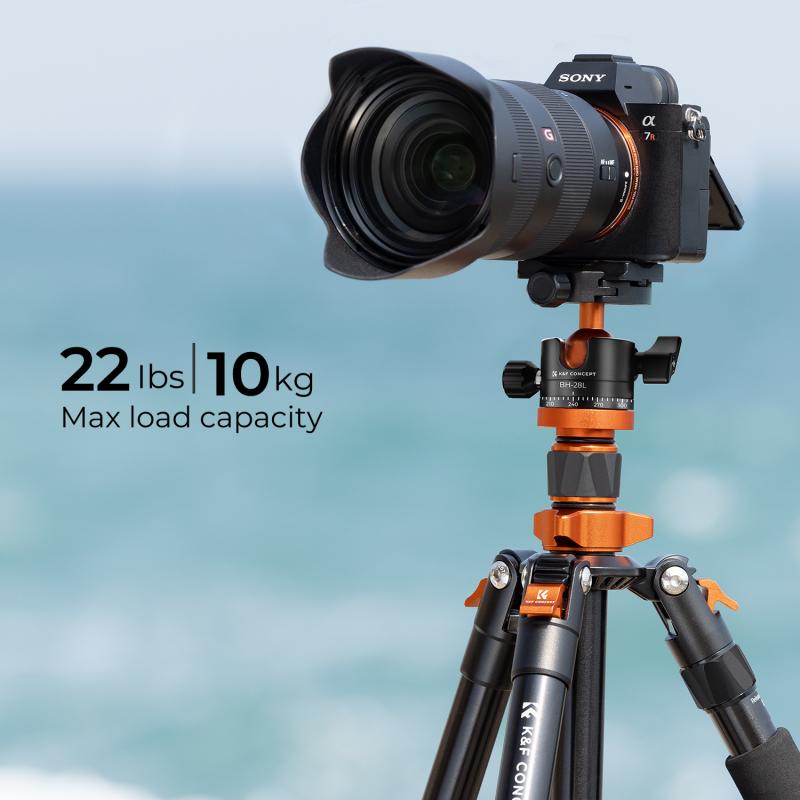
2、 Tips for packing and protecting your camera while traveling
Tips for packing and protecting your camera while traveling:
1. Invest in a sturdy camera bag: Choose a bag that is specifically designed to protect your camera and its accessories. Look for one with padded compartments and adjustable dividers to keep your gear secure and organized.
2. Use a camera strap: Attach a strap to your camera to prevent accidental drops or theft. Opt for a strap that is comfortable to wear for long periods and has a secure attachment to your camera.
3. Pack your camera in a padded case: Place your camera in a padded case within your camera bag for extra protection. This will help cushion it from any bumps or shocks during travel.
4. Remove batteries and memory cards: Before packing your camera, remove the batteries and memory cards. This will prevent any potential damage caused by battery leakage or accidental data loss.
5. Pack a cleaning kit: Dust and dirt can easily accumulate on your camera lens and sensor while traveling. Pack a cleaning kit that includes a microfiber cloth, lens cleaning solution, and a blower brush to keep your camera in top condition.
6. Protect against extreme weather conditions: If you're traveling to a destination with extreme weather conditions, such as high humidity or extreme cold, consider investing in a weatherproof camera bag or using a protective rain cover.
7. Carry your camera as a carry-on: To minimize the risk of damage or theft, always carry your camera as a carry-on item when flying. This way, you can keep it with you at all times and ensure its safety.
8. Insure your camera: Consider getting travel insurance that covers your camera equipment. This will provide financial protection in case of loss, theft, or damage.
In addition to these tips, it's important to stay updated with the latest guidelines and regulations regarding traveling with cameras, especially when it comes to airport security. Always check the specific rules of your destination and airline to avoid any issues during your journey.

3、 Choosing the right camera for travel photography
Choosing the right camera for travel photography is essential to capture your adventures in the best possible way. With the advancements in technology, there are numerous options available, each with its own set of features and benefits. Here are some factors to consider when selecting a camera for your travels.
Firstly, portability is key. You want a camera that is lightweight and compact, making it easy to carry around all day without weighing you down. Mirrorless cameras are a popular choice for travel photography due to their smaller size and weight compared to DSLRs.
Secondly, consider the camera's versatility. Look for a camera that offers a wide range of focal lengths, allowing you to capture both wide-angle landscapes and zoomed-in details. This will ensure that you can capture a variety of shots without having to carry multiple lenses.
Additionally, consider the camera's durability. Traveling often involves unpredictable weather conditions and rough handling. Opt for a camera that is weather-sealed and built to withstand some bumps and knocks.
Another important aspect is the camera's image quality. Look for a camera with a high-resolution sensor and good low-light performance to ensure your photos are sharp and vibrant, even in challenging lighting conditions.
Lastly, consider the camera's connectivity options. With the rise of social media and instant sharing, having built-in Wi-Fi or Bluetooth capabilities can make it easier to transfer and share your photos on the go.
When traveling with a camera, it's important to protect it from damage. Invest in a sturdy camera bag or backpack that provides adequate padding and compartments to keep your camera and accessories safe. Additionally, carry extra batteries and memory cards to avoid running out of power or storage space during your adventures.
In conclusion, choosing the right camera for travel photography involves considering factors such as portability, versatility, durability, image quality, and connectivity options. By selecting a camera that meets these criteria, you can capture stunning photos of your travels and create lasting memories.
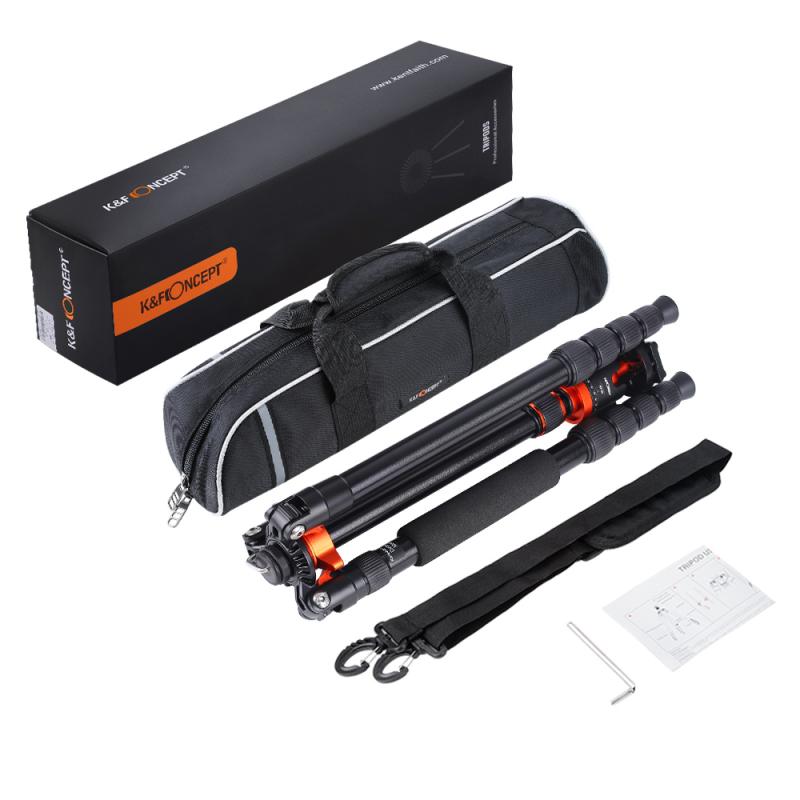
4、 Techniques for capturing stunning travel photos with your camera
Techniques for capturing stunning travel photos with your camera
Traveling with a camera can be a rewarding experience, allowing you to capture the beauty and essence of the places you visit. Whether you're a professional photographer or an amateur enthusiast, here are some techniques to help you capture stunning travel photos with your camera.
1. Plan ahead: Research your destination and create a shot list of must-see locations. This will help you make the most of your time and ensure you don't miss any important shots.
2. Pack wisely: Invest in a good camera bag that provides protection and easy access to your equipment. Consider the type of photography you'll be doing and pack the appropriate lenses, filters, and accessories. Don't forget extra batteries and memory cards.
3. Understand the light: Pay attention to the quality of light at different times of the day. The golden hours, shortly after sunrise and before sunset, offer soft, warm light that can enhance your photos. Avoid shooting in harsh midday sunlight, as it can create unflattering shadows.
4. Capture the local culture: Don't just focus on landmarks and landscapes. Take the time to photograph the people, traditions, and everyday life of the place you're visiting. This will add depth and authenticity to your travel photos.
5. Experiment with composition: Use the rule of thirds, leading lines, and framing techniques to create visually interesting compositions. Look for unique angles and perspectives to make your photos stand out.
6. Tell a story: Instead of just taking individual shots, try to capture a series of photos that tell a story about your travel experience. This could be a sequence of images that show the progression of an event or a collection of photos that highlight the different aspects of a place.
7. Edit with care: Once you've taken your photos, take the time to edit them carefully. Use editing software to enhance colors, adjust exposure, and crop if necessary. However, be mindful not to over-edit and maintain the authenticity of the scene.
In today's digital age, it's also important to consider the latest point of view when traveling with a camera. With the rise of social media and the increasing popularity of travel influencers, it's essential to find your own unique perspective and avoid simply replicating popular shots. Instead, strive to capture the essence of a place in a way that reflects your own personal style and vision.
Remember, the most important aspect of travel photography is to enjoy the experience. Don't get too caught up in capturing the perfect shot and forget to immerse yourself in the destination. Take the time to appreciate the beauty around you and let your camera be a tool to help you share that beauty with others.
